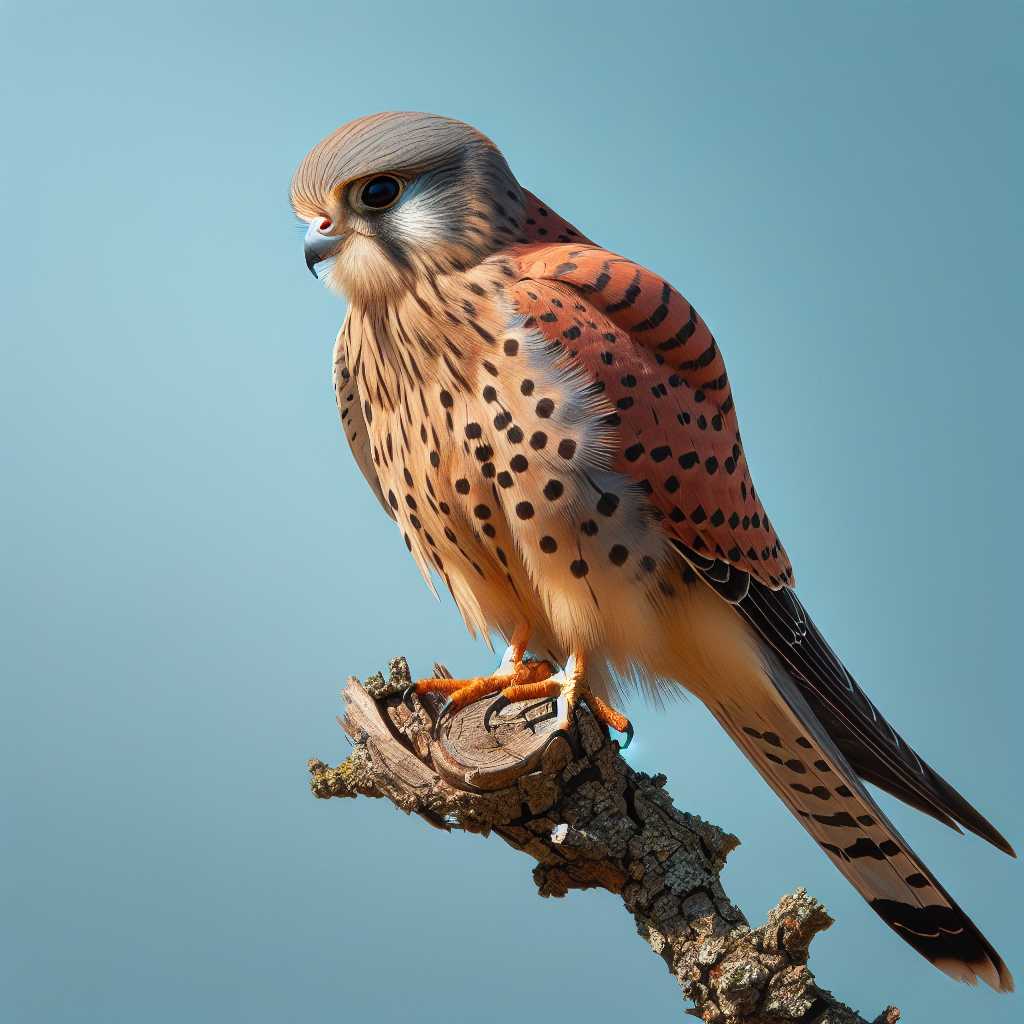Understanding the Kestrel: A Comprehensive Guide to the Falcon Family’s Versatile Hunter
Kestrels are small birds of prey belonging to the falcon family, recognized for their unique hunting behaviors and widespread presence across various continents. In this comprehensive guide, we will explore the characteristics, habitat, diet, breeding habits, and conservation status of kestrels, drawing attention to their ecological importance and the challenges they face.
Introduction to the Kestrel Species
Kestrels are members of the genus Falco, which includes other falcons and caracaras. They are found in a wide range of habitats and are one of the most easily recognizable raptors due to their distinctive flight pattern and hunting techniques. The term ‘kestrel’ is generally associated with several species, most notably the common kestrel (Falco tinnunculus), which is widespread across Europe, Asia, and Africa.
Characteristics and Identification
Kestrels are relatively small compared to other birds of prey, with a compact body, long wing span, and a sharp, hooked beak designed for hunting. They typically exhibit strong sexual dimorphism; males tend to have more grey and blue hues on their head and tail feathers while females display a more uniform brown plumage across their body. One of the signature traits for identification is their ability to hover mid-air while scanning the ground for prey, a behavior known as ‘wind-hovering.’
Habitat and Range
Kestrels adapt well to a variety of habitats including open fields, heathlands, forest edges, urban areas, and coastal regions. Their range is expansive; species like the common kestrel are among the most widely distributed birds of prey. They do not shy away from human-inhabited areas and can often be seen perching atop buildings or poles in pursuit of an ideal vantage point.
Diet and Hunting Behavior
The kestrel’s diet primarily consists of small mammals such as voles and mice, but it also includes birds, insects, and earthworms. Their keen eyesight allows them to spot ultraviolet reflective urine trails left by rodents. When hunting, kestrels either hover or sit perched until spotting potential prey before making swift diving attacks on their unsuspecting targets.
Breeding Habits and Lifecycle
Kestrels are largely monogamous birds that establish territories for breeding purposes. Nest sites are often found in tree hollows, cliff edges, or even old buildings. Females typically lay between three to six eggs per breeding season, which both parents incubate. After hatching, kestrel chicks require several weeks of care before they can fledge and become independent.
Conservation Status and Threats
Some kestrel species are classified as ‘least concern’ by the International Union for Conservation of Nature (IUCN), but others face threats due to habitat loss, pesticides, and other human-induced changes. The American kestrel (Falco sparverius), for example, has experienced significant declines in parts of its range. Conservation efforts are crucial to ensuring their survival, which involves habitat preservation and reducing the use of harmful chemicals that can disrupt their food chain.
Human Interaction and Cultural Significance
Throughout history, kestrels have featured prominently in art and literature as symbols of agility and grace. In falconry, a sport that involves trained birds of prey hunting wild quarry in its natural state, kestrels have occasionally played a role due to their trainable nature and accessible size.
Future Perspectives on Kestrel Populations
Ongoing research is vital for understanding population trends among different kestrel species. Scientists continue to study their behavior patterns, genetics, movement ecology, and responses to environmental change to inform strategies that might assist their numbers remaining stable or increasing where needed.
Notes
Image description: An image showing a common kestrel perched on a tree branch against a clear sky. It’s identified by its distinctive reddish-brown plumage with black spots on its back and wings; the male’s head has grey coloring with a black stripe down the side. It appears vigilant as it scans the environment for prey.
IlPi4

